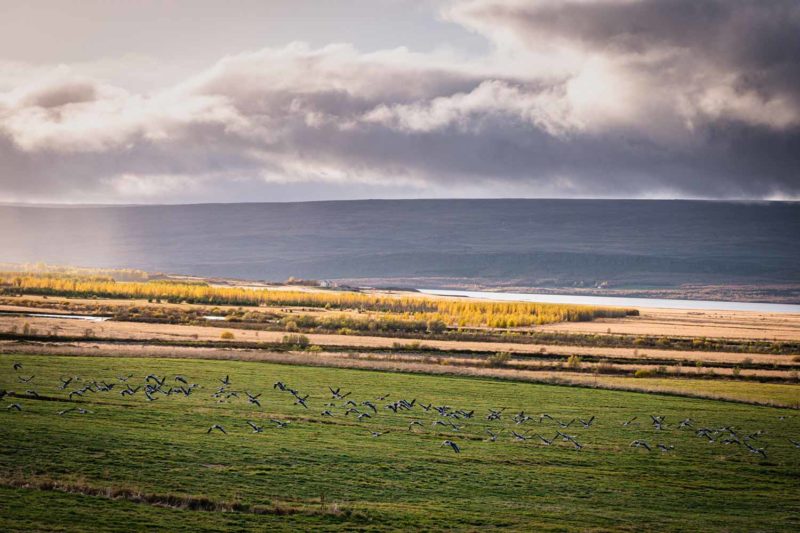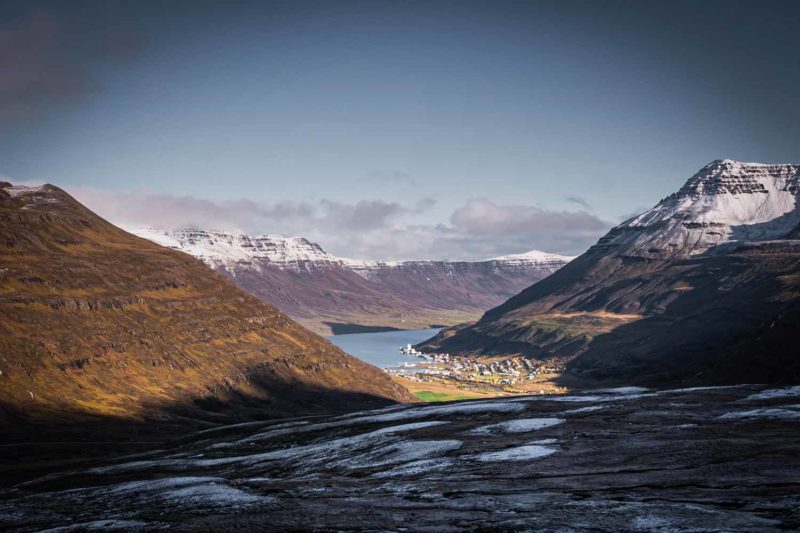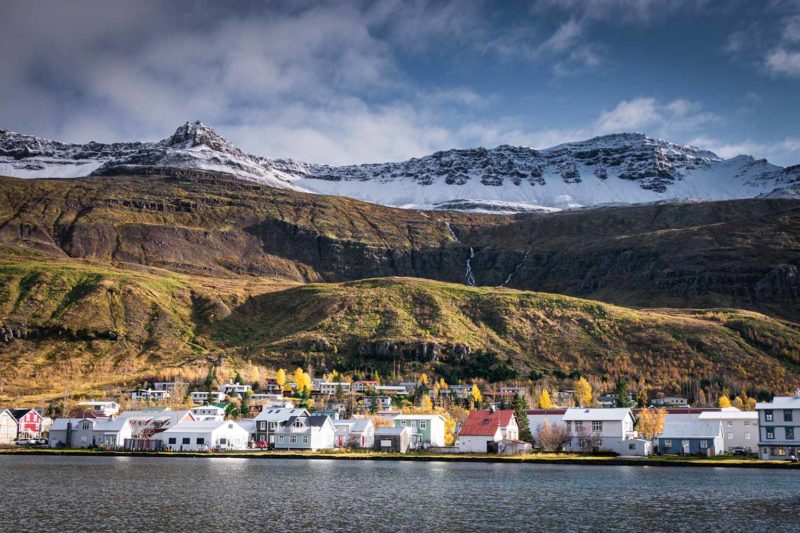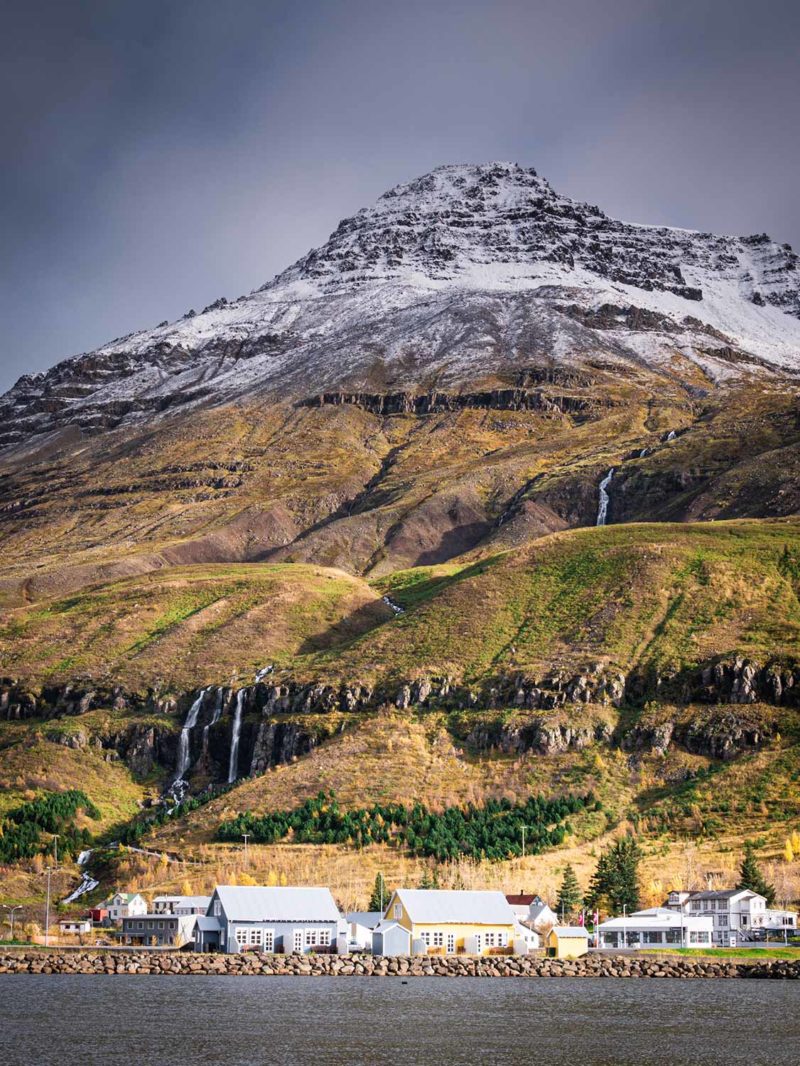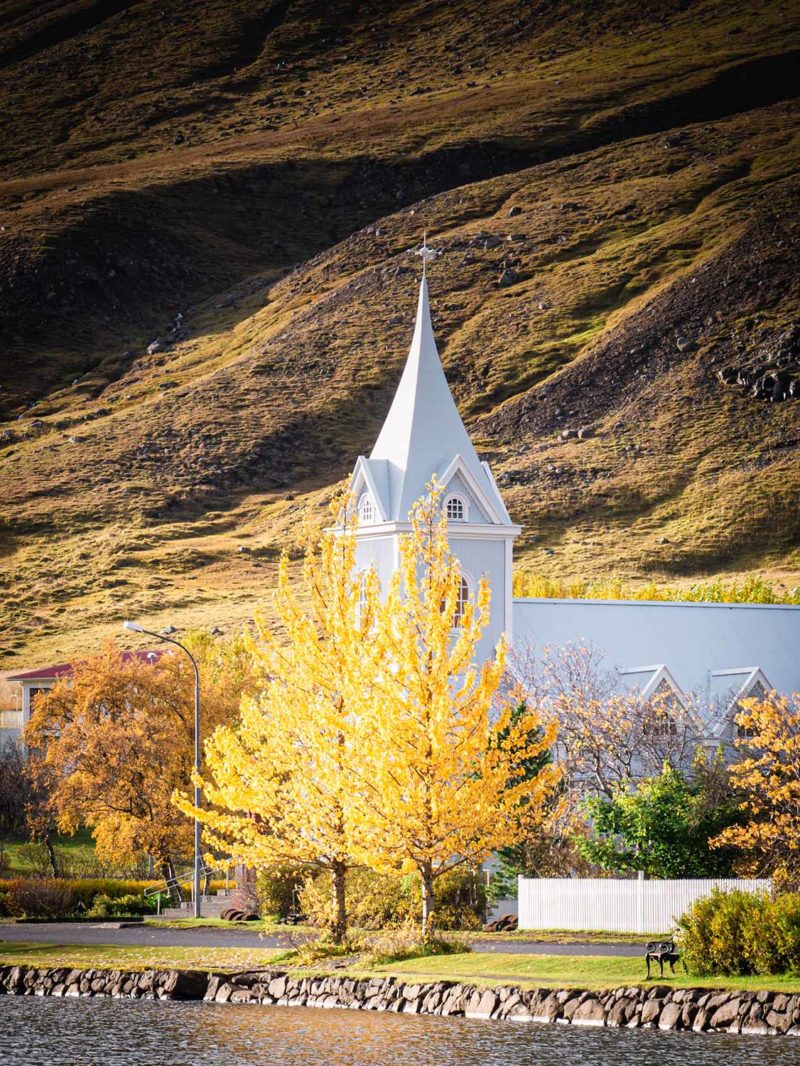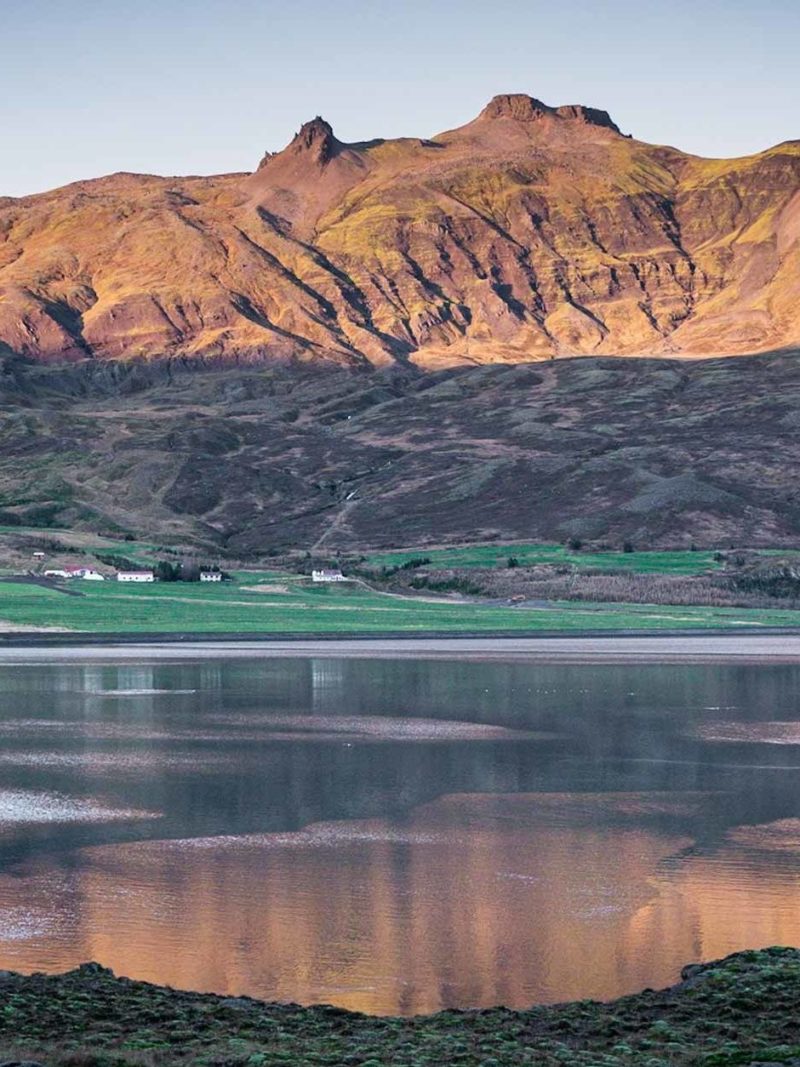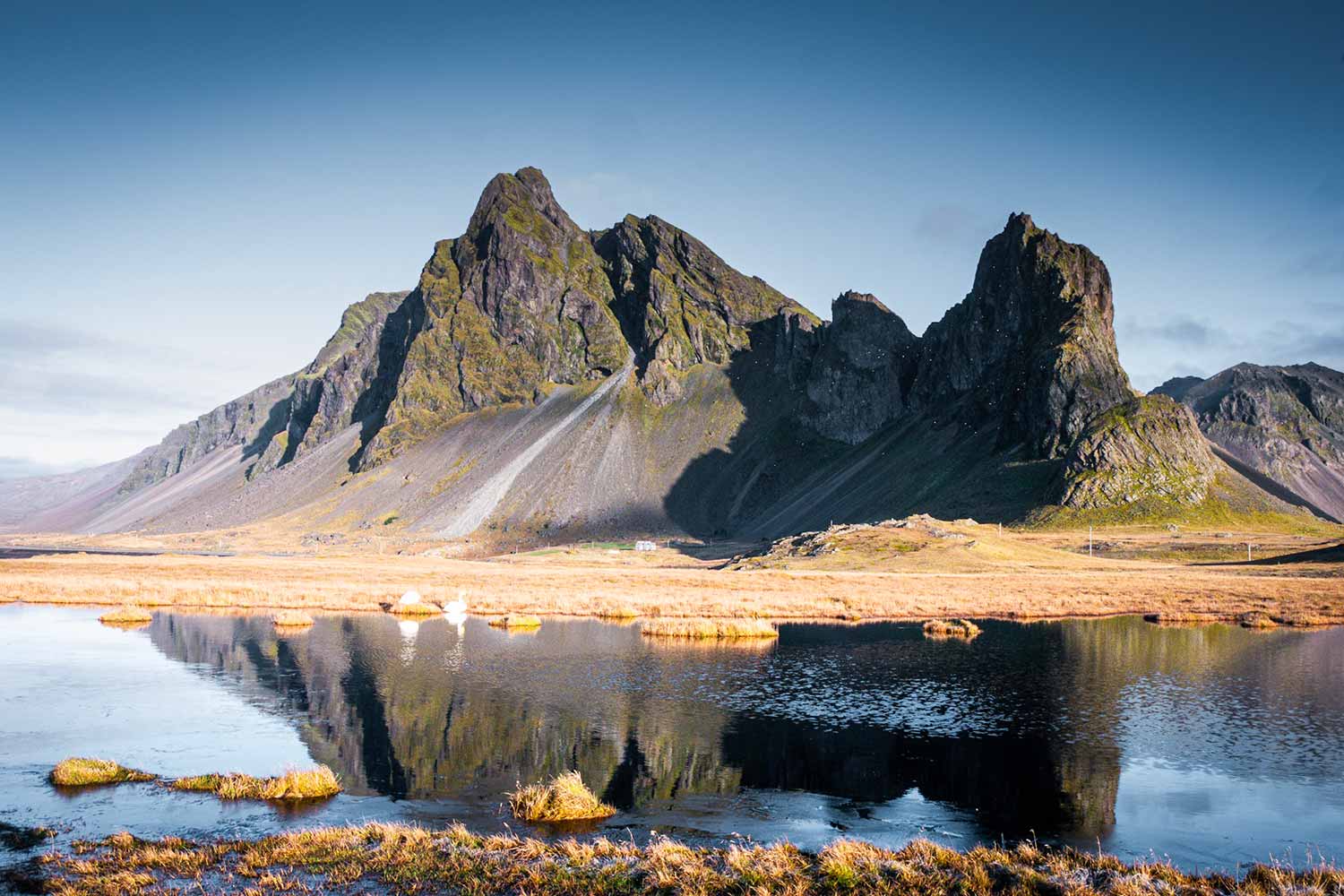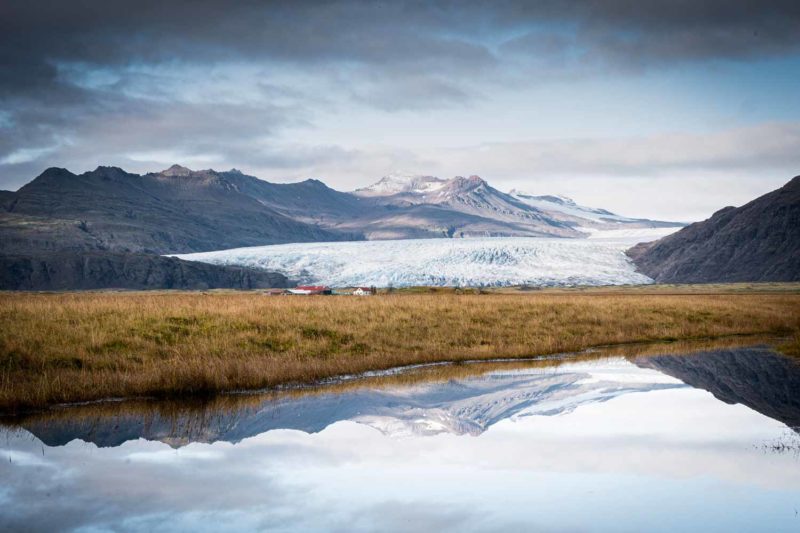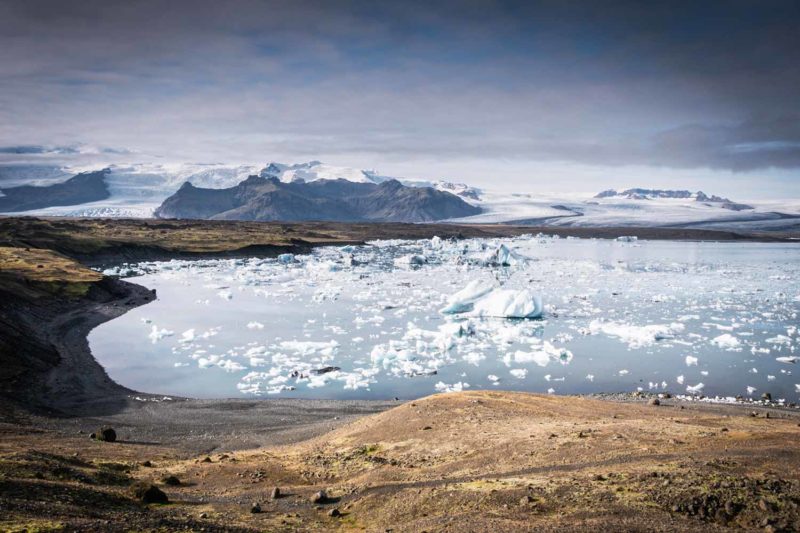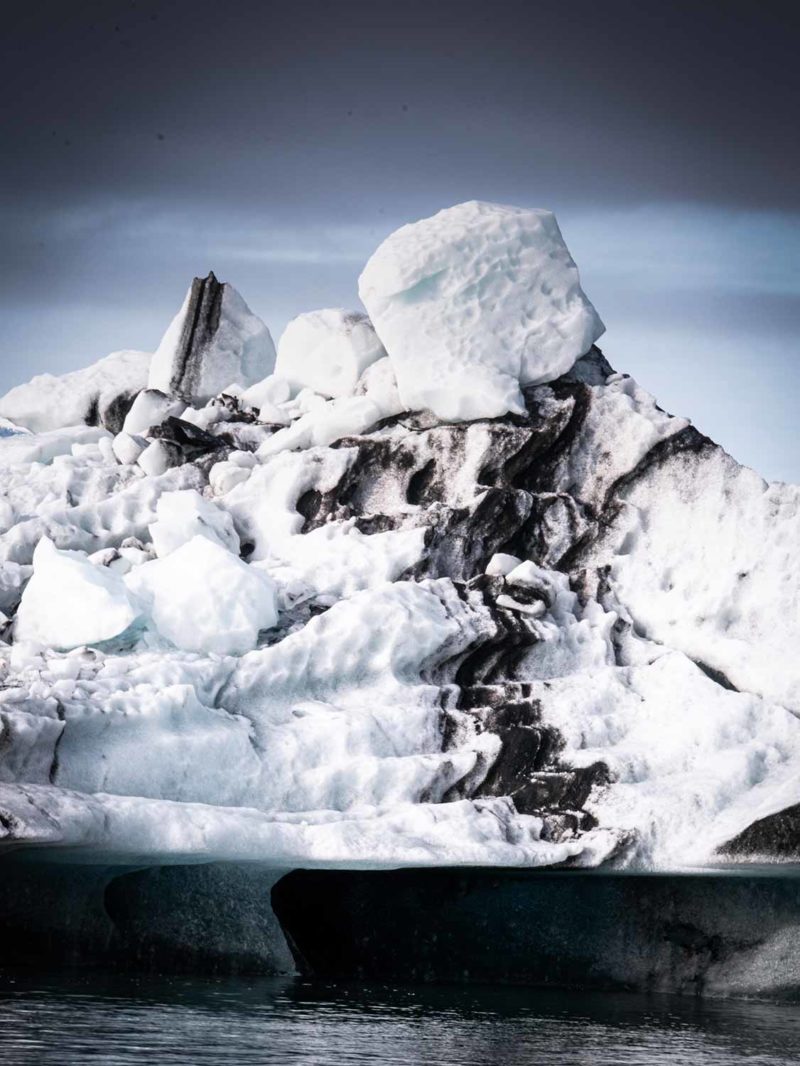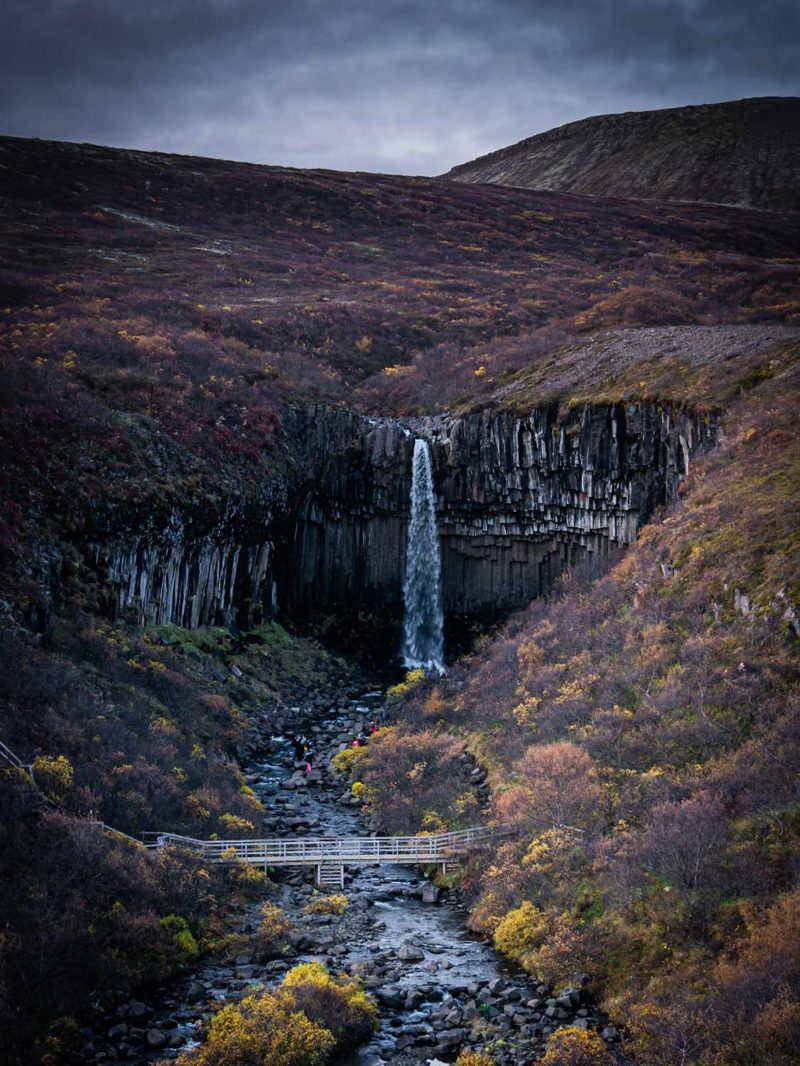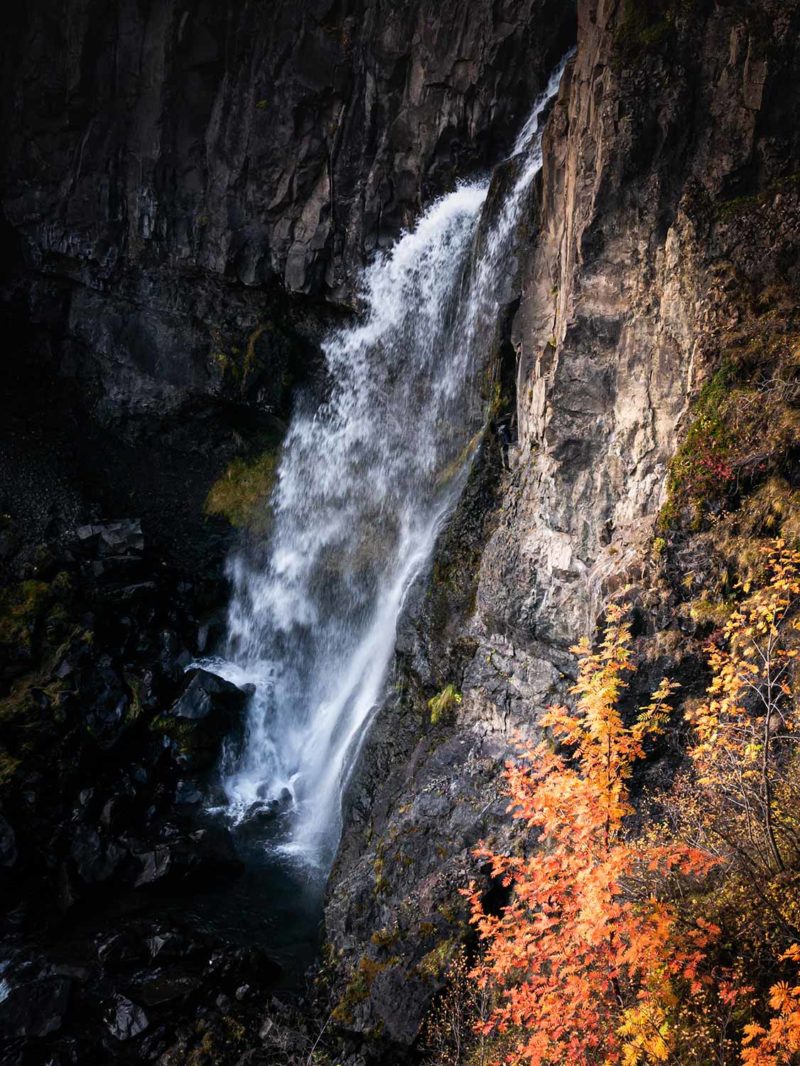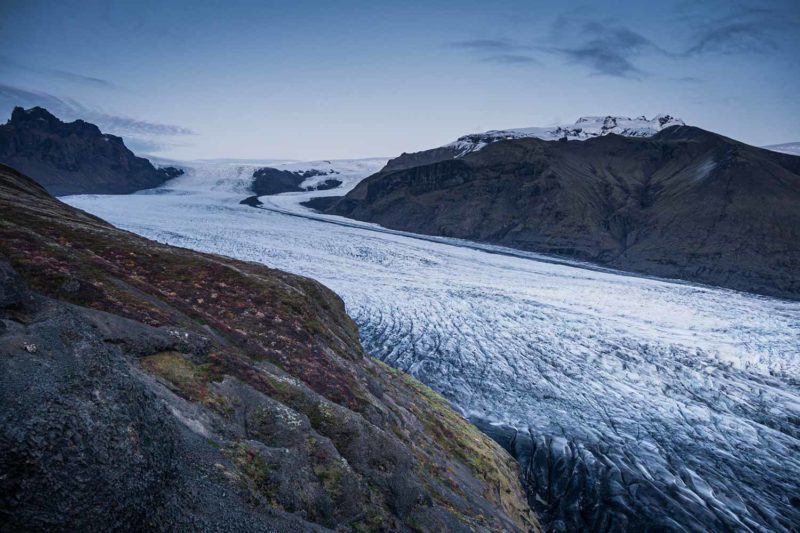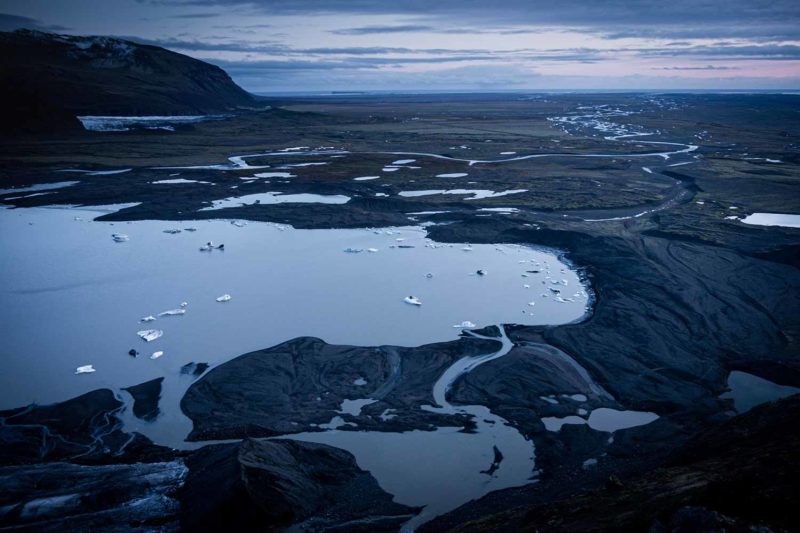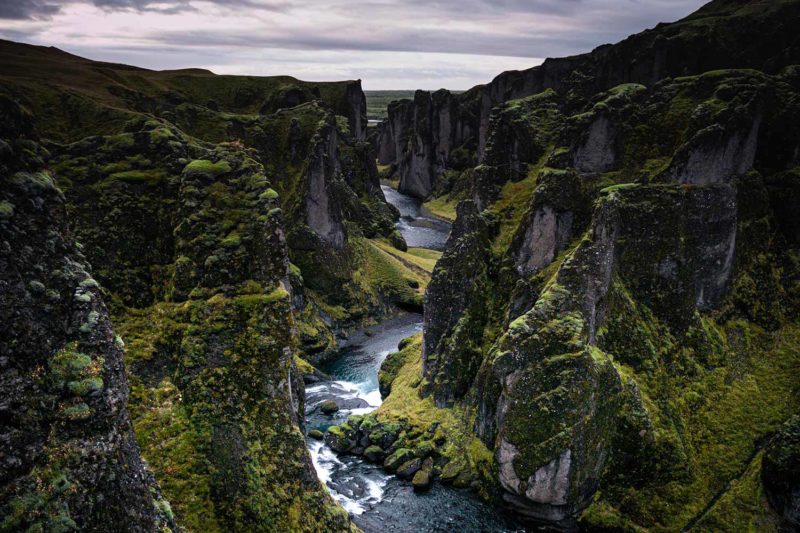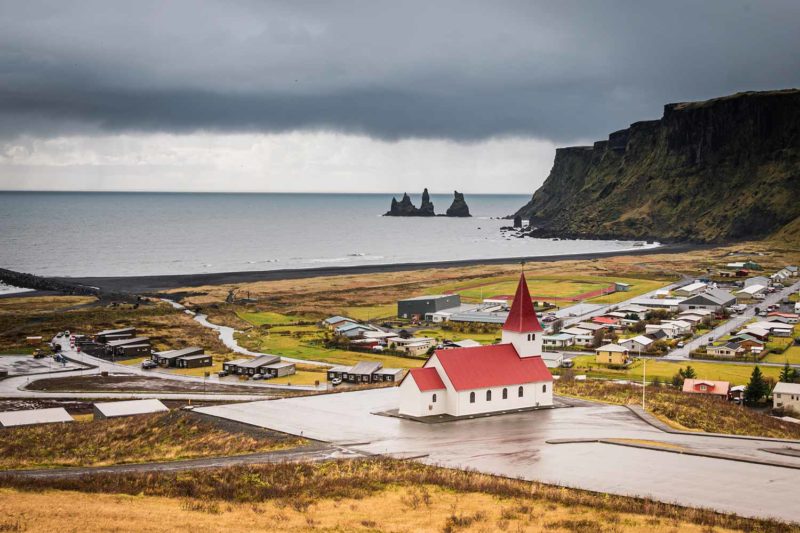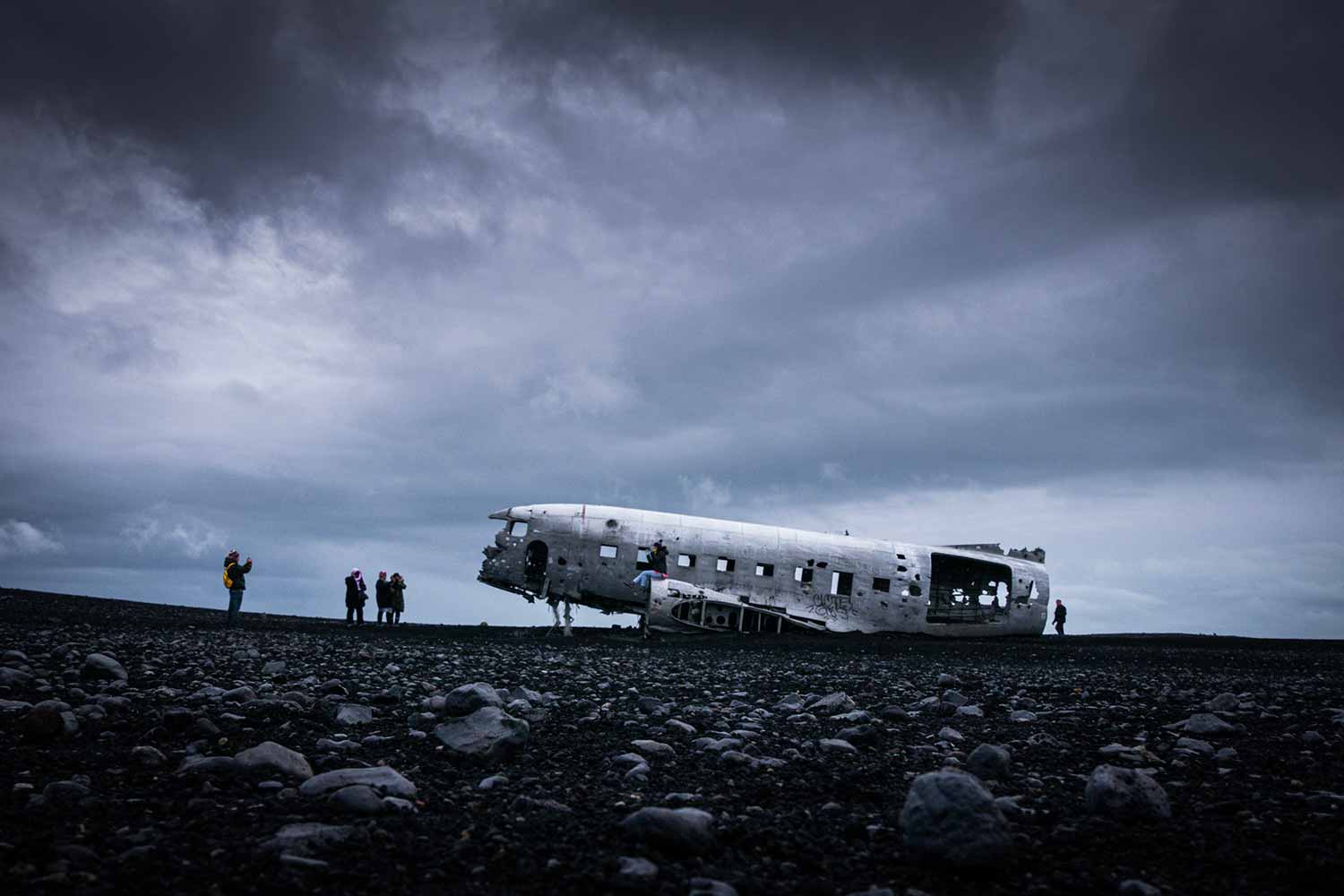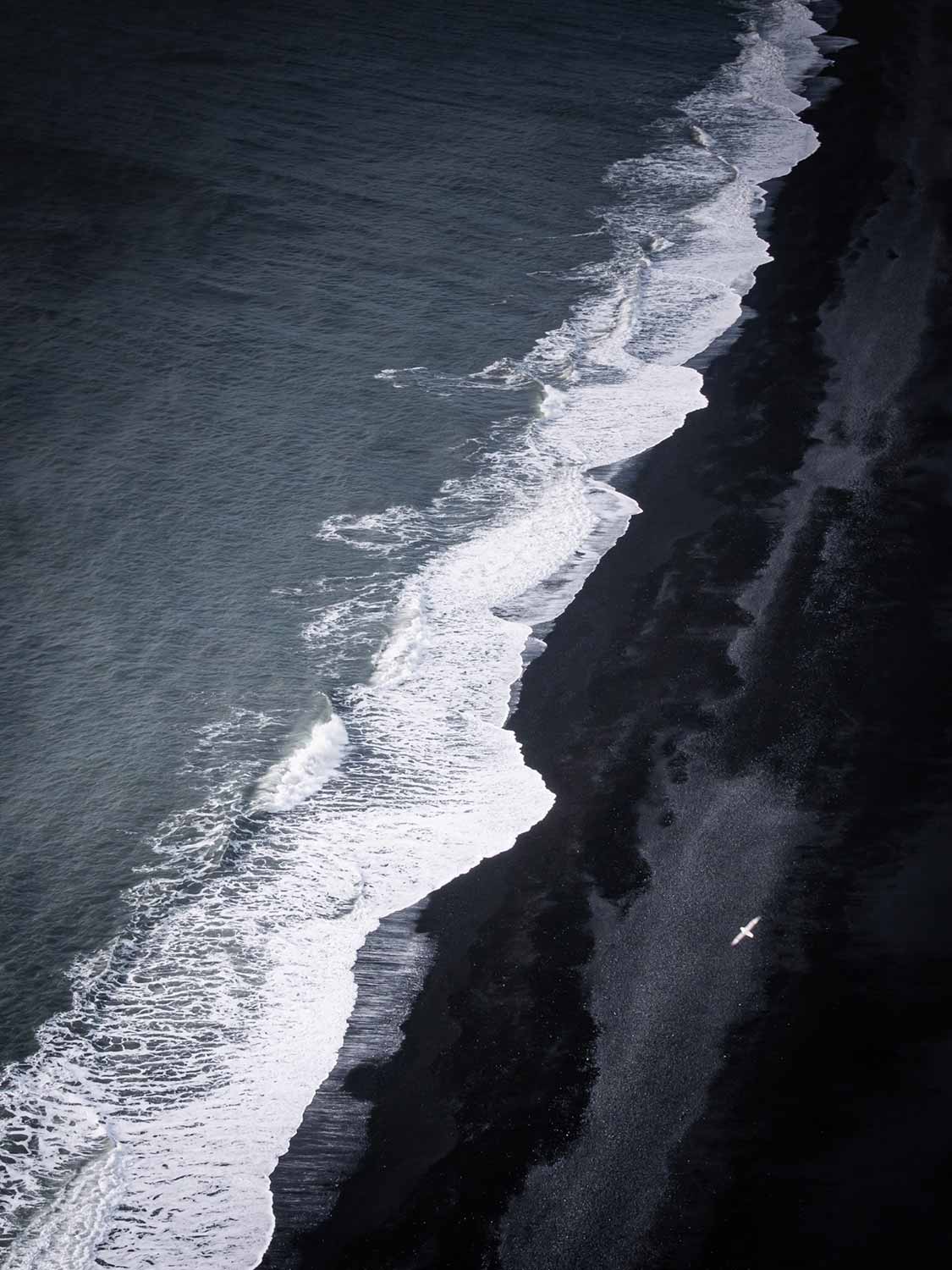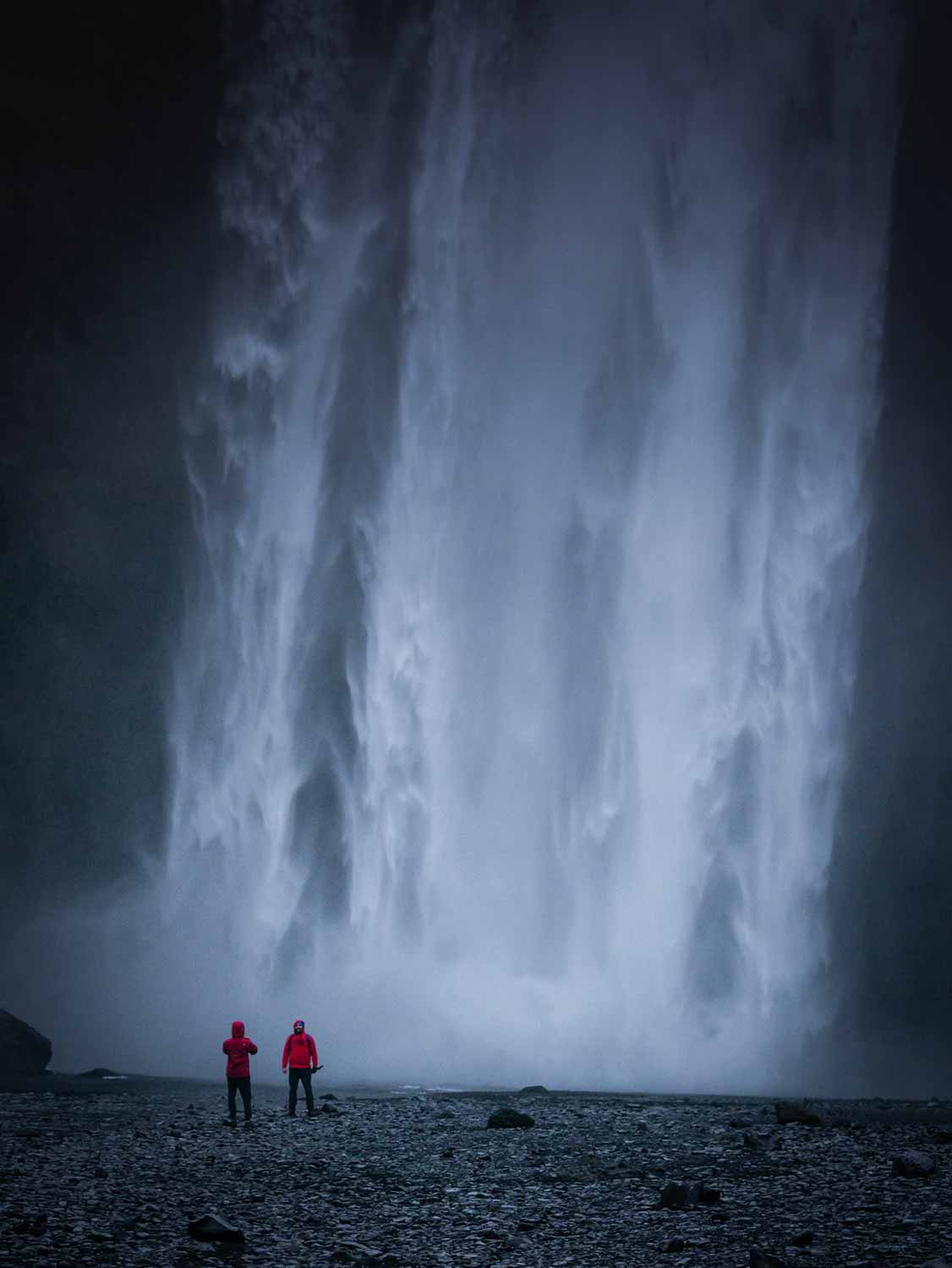Reykjavik is a small town. Barely the size of Nîmes. Department of Gard, South of France. Nîmes, located not even an hour away from the village where my parents live. Reykjavik, center, has about 130 000 inhabitants to which are added the 90 000 inhabitants of the agglomeration around. Almost 70% of Islanders and immigrants live in Reykjavik. And Reykjavik is smaller than Nîmes. While walking in the capital, the number hit me and I realized how small the Icelandic community is. And how weak the human presence on the island is compared to the kilometers and kilometers of desert landscapes.
Yet while crossing Iceland by bike and on foot for more than two months, I did not find it so empty-like, the island. Small farms everywhere and tourists at every corner. At least along the roads. But as there are not so many roads, out of the bitumen, there is no one. But these places are therefore difficult to access, few people go there. The bulk of the Icelandic population and tourists stay and follow the same paths, giving the impression of a populated country, over-populated in summer while the reality is quite different.
I have almost finished my trip to Iceland. I have a week left. I left the dairy farm where I spent the last two weeks to go to Reykjavik for a few days. I did not really wanted to go there. Between the noise of the city, the immediate access to over-consumption society, the neon lights of the advertising signs, the superficial discussions and the smell of exhausts, urban environment, it is no longer for me. The large open spaces, the calm, the song of the birds, the simplicity, the nature, that yes. Everything is so much simpler there. But I only have a few more days left and winter has arrived. I hesitated on what to do during these last days and I decided to plunge back in the particular landscapes of the island. Retrace my steps and discover other places. So I need a car. I feel a little guilty of renting a motorized means of locomotion. Here I am doing a road trip like everyone else. Too simple, too superficial, too polluting. But there are not so many alternatives.
Back on the road N°1, the famous road that goes around Iceland. The one I have criticized so many times on my bike. Too many people and rolling too fast to pedal quietly. But it is early October now and the bulk of tourists should be gone. Or at least I hope so. Snæfellsnes is bathed in the light of the Gods. The peninsula is revealed under a stormy sky. Landscapes of large cliffs-mountains by the sea, lava fields covered with moss, those of the South coast that I couldn’t cycle three weeks ago. The brightness is incredible and I am fascinated by the patterns drawn by the solidified lava flows descending from the Snaefellsjökull volcano. Its summit is in the clouds. Like last time.
A group of Alpine Ptarmigans protect themselves from the storm under the desolate wooden picnic tables next to the Goðafoss waterfall, not far from Akureyri. The “Fall of the Gods” pours 12 meters high and 30 meters long the waters of the Skjálfandafljót River, one of the longest in the country. A torrential rain pummels the landscape and the places are bathed in a ghostly atmosphere. I hardly saw the immobile birds between the droplets. They have put on their winter clothes and their feet are wearing pretty white feathered boots. These boots will be essential in winter in a landscape covered with snow as they will act as snowshoes preventing them from sinking into the snow. For the moment they look like big balloons of feathers, all swollen that they are to keep warm.
On my side I am cold. The greyness, the rain and the wind have enveloped my body in an unpleasant feeling. Then I head for Myvatn, the big lake in the North where I came already a month ago. Going for a dip at Myvatn Nature Baths seems like a good idea. Outdoor geothermal baths, volcanic waters, what better way to warm up at the end of the day? Anyway according to the vast majority of tourists it is the attraction not to be missed. Cheaper and less populated than the Blue Lagoon on the South Coast, this is an opportunity to try it before leaving Iceland. It is dark night when I immerse myself in sulphurous waters. I come out immediately. The water is not hot at all. The rain has stopped but the wind is so strong that even the water has cooled. Only the sauna will be the desired refuge but the visit is short as I don’t want to turn into a mummy. A good lesson to finish to register in my skull that tourist attractions is only good for idiots.
A great depression appears in the landscape and suddenly the ground is covered with trees. A forest in Iceland in a gigantic circus. A circus shaped like a horseshoe. Ásbyrgi. Apparently Odin’s horse has something to do with it. Legend says it was he who formed this horseshoe-shaped hole in the landscape. A hole today filled with birches. But Autumn is on its end and the yellow leaves that illuminate the landscape are gone. All that remains is the gray skeleton of a forest whose winter is at its door. And yet the place is splendid. I do not know if it is the view of the trees or the particular shape of the place bordered by large cliffs but I am fascinated by the landscape. There is a kind of vibration in the air. Perhaps the remains of the passage of the divine horse.
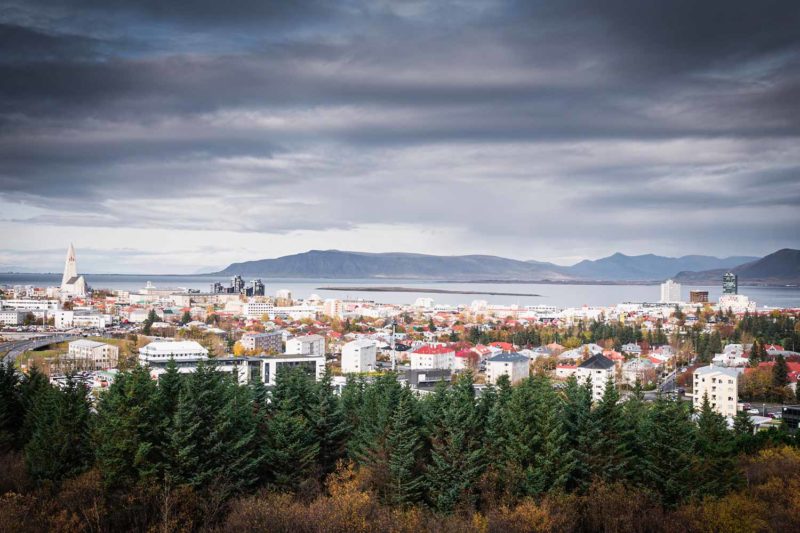
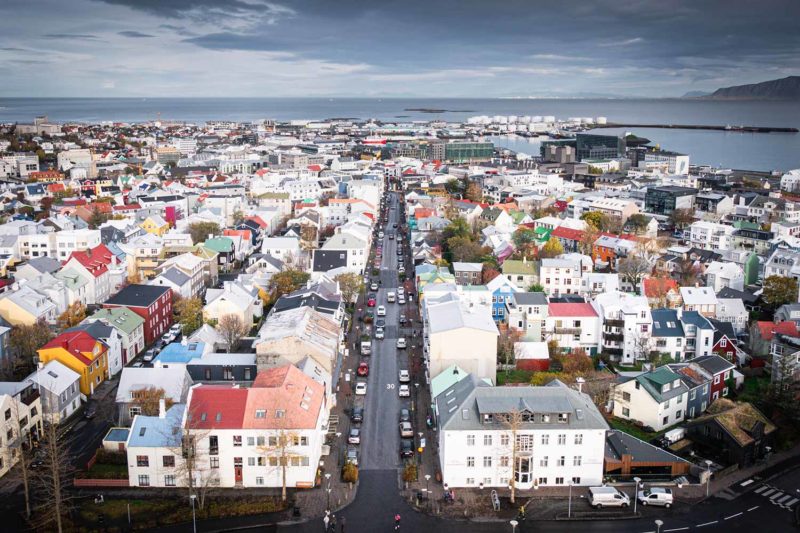
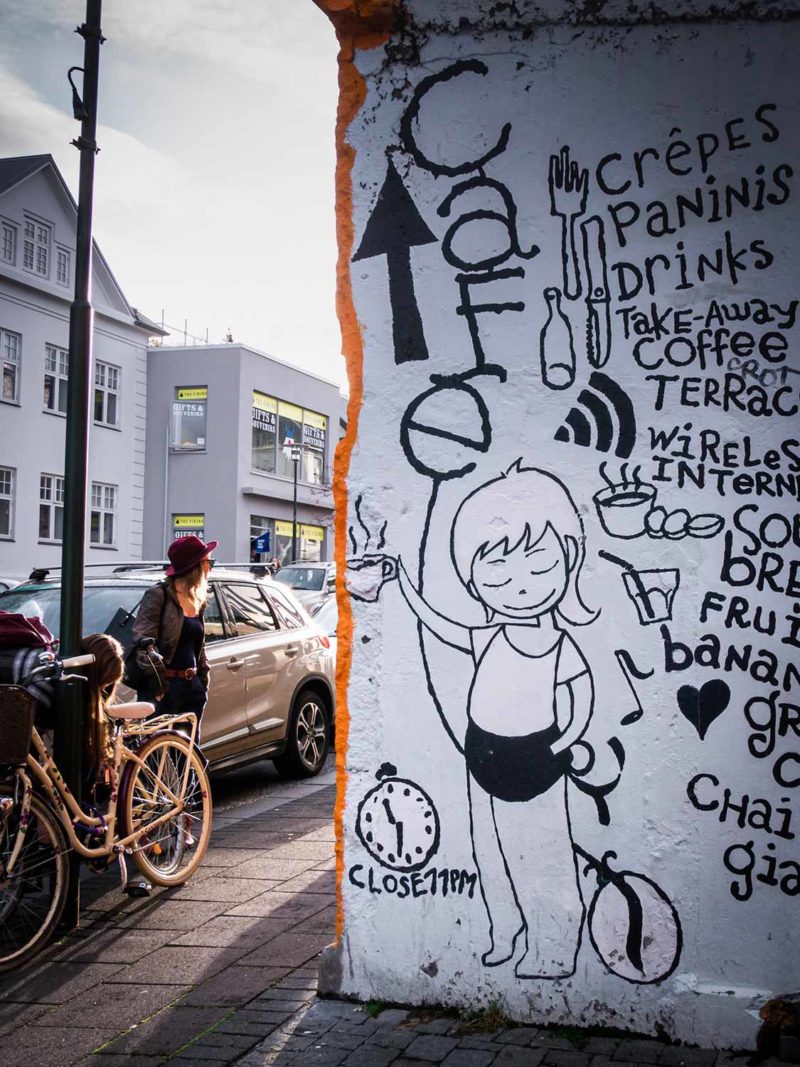
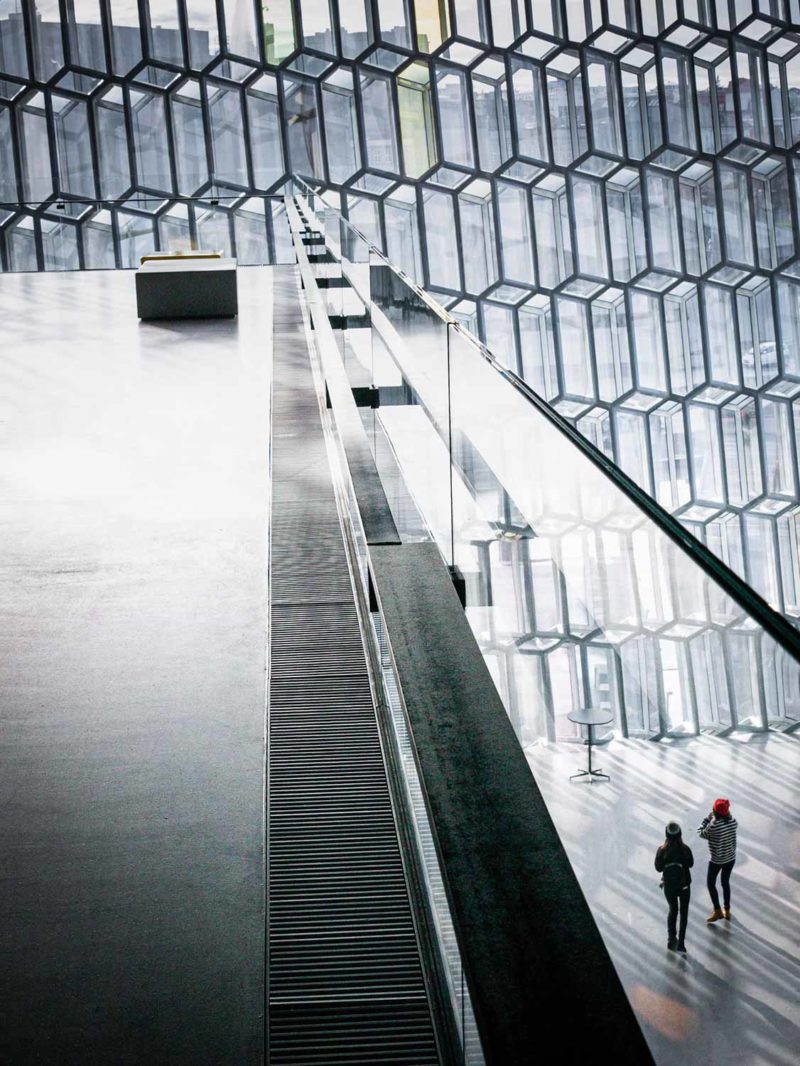
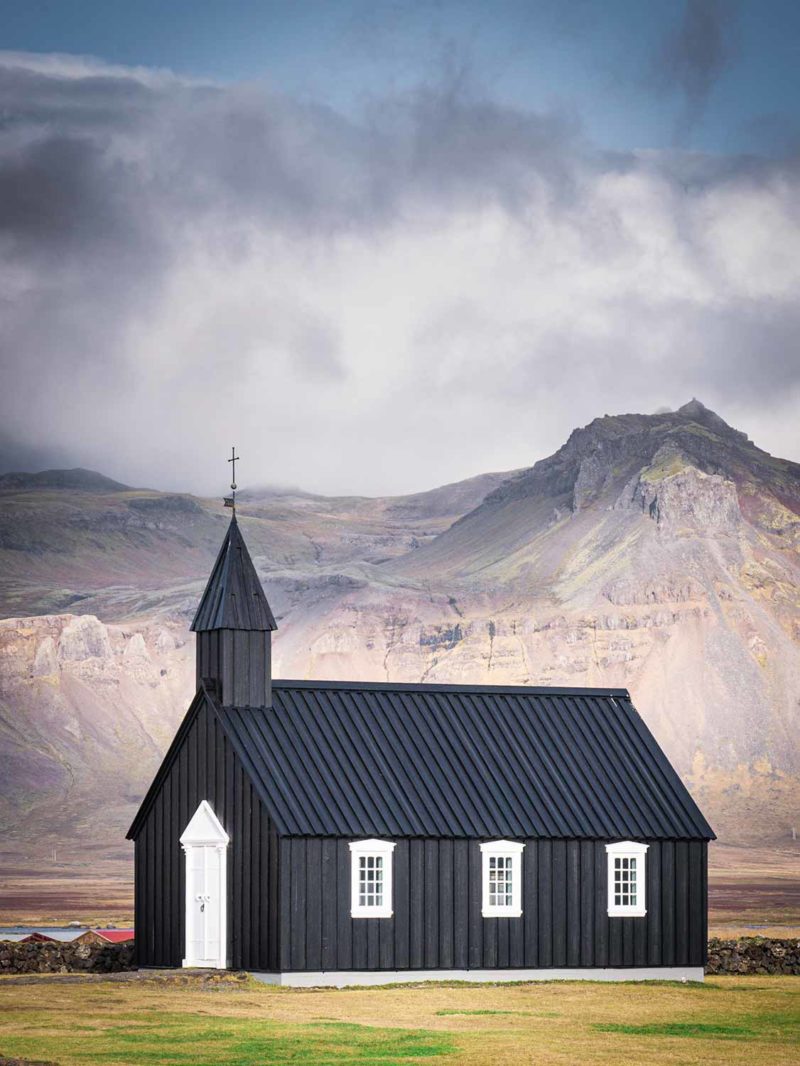
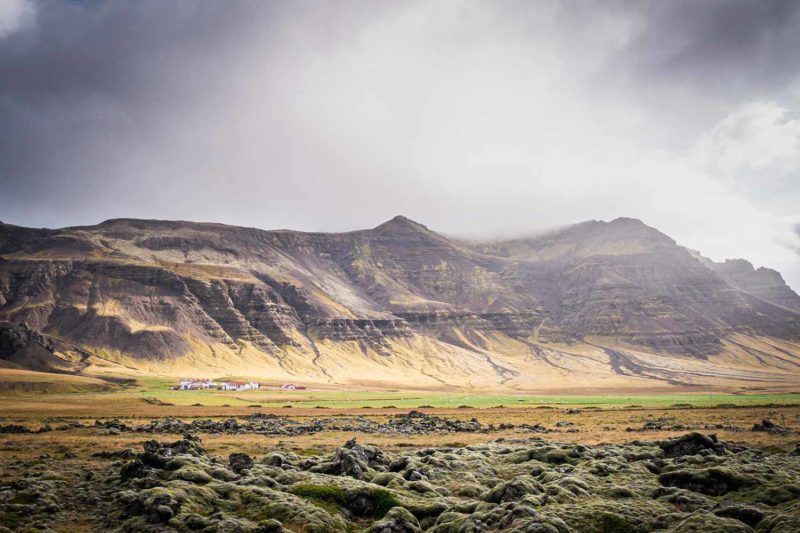
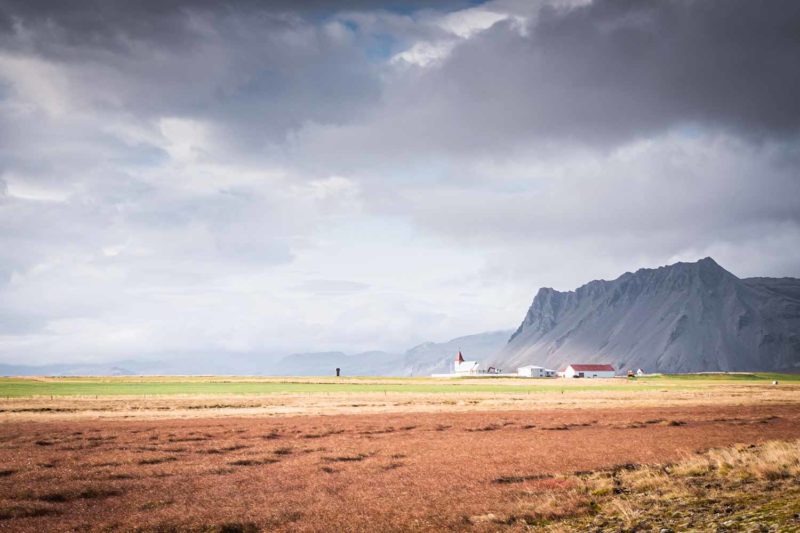
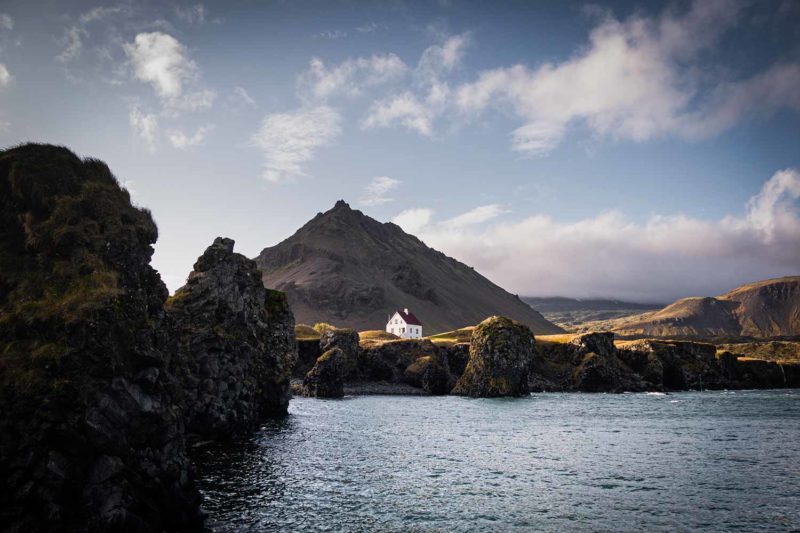
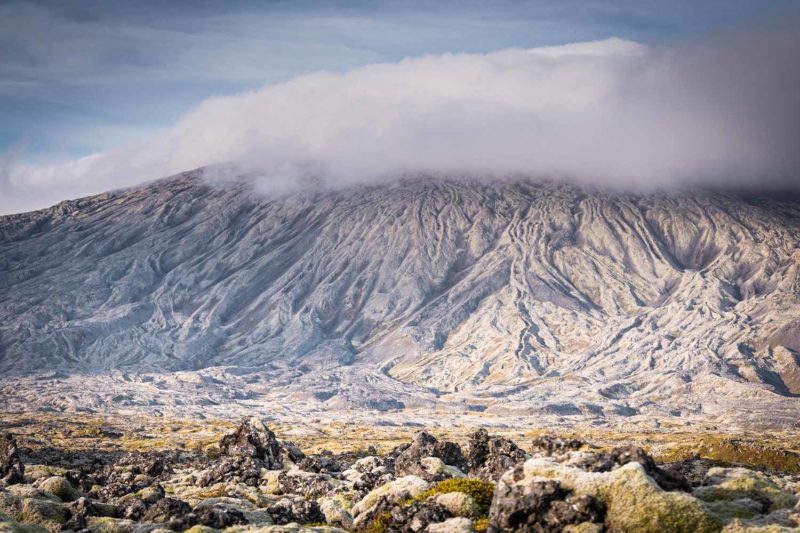
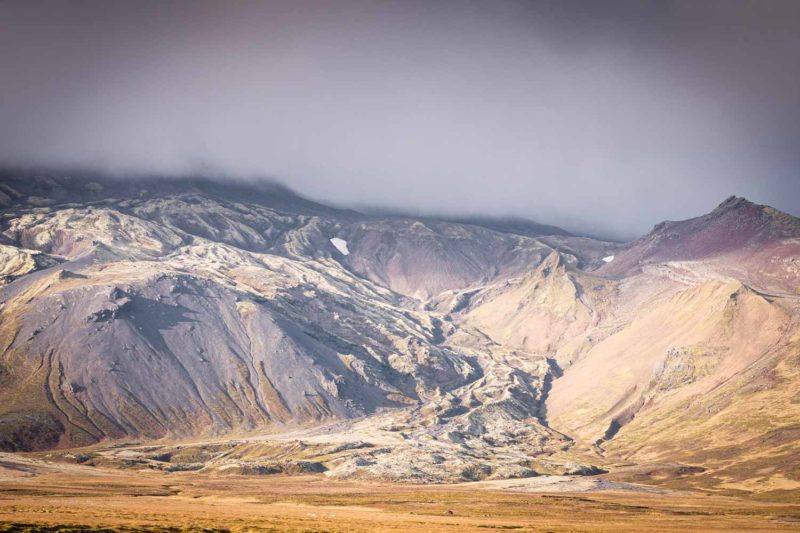
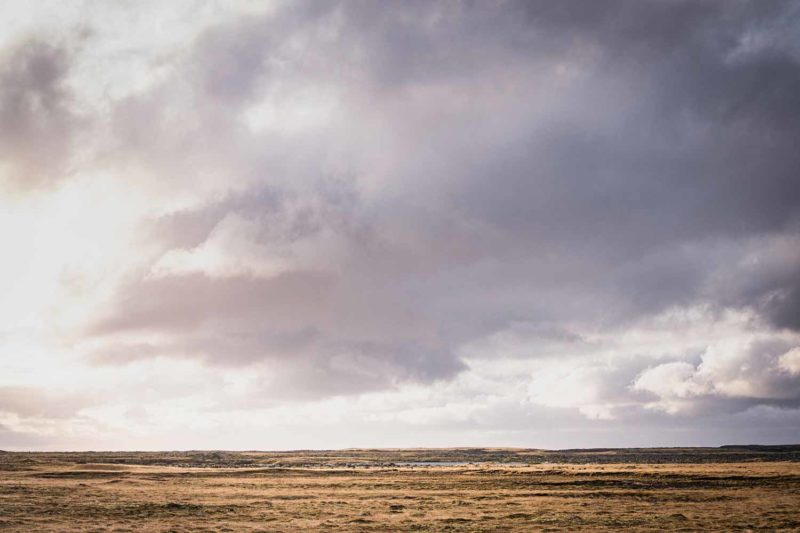
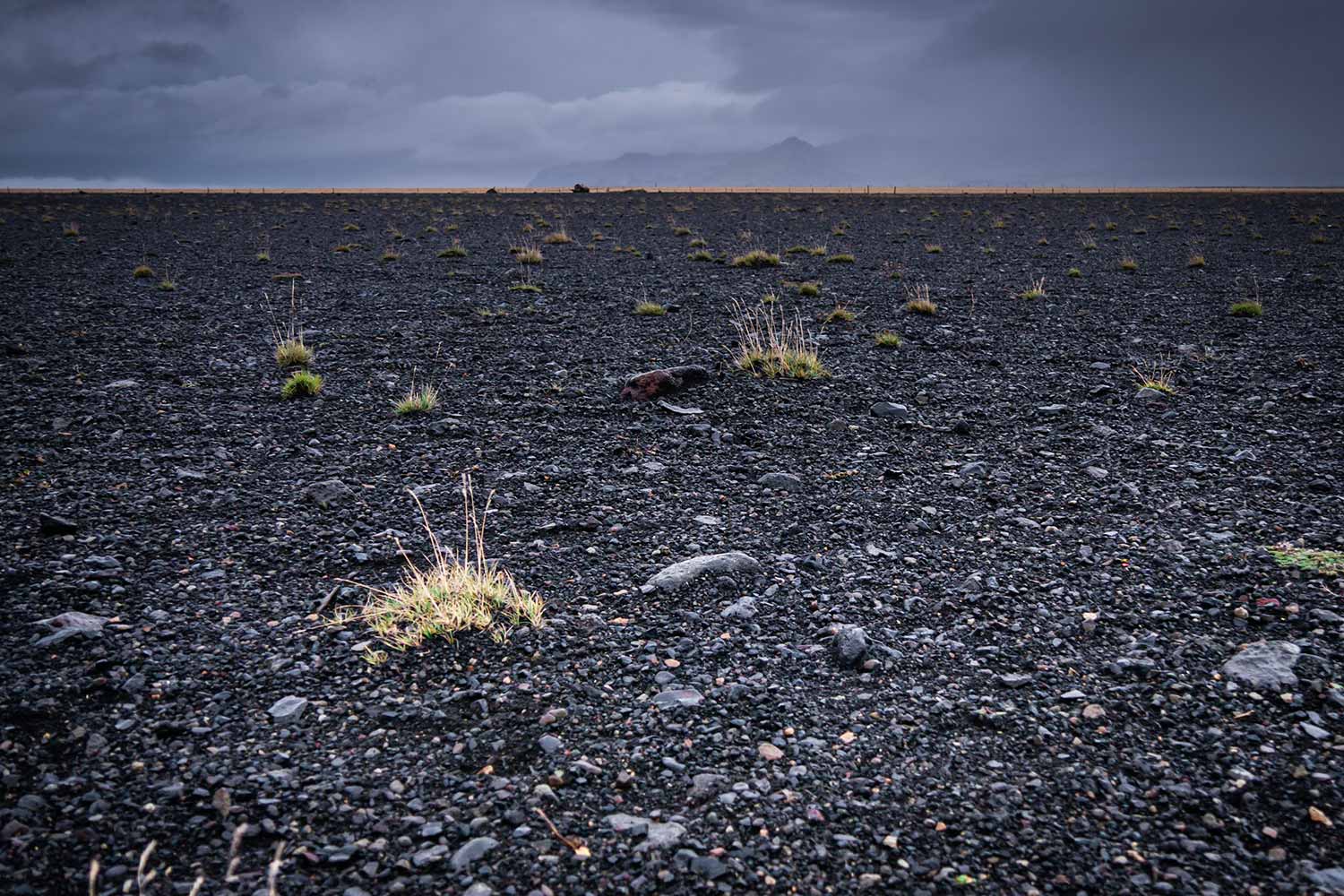
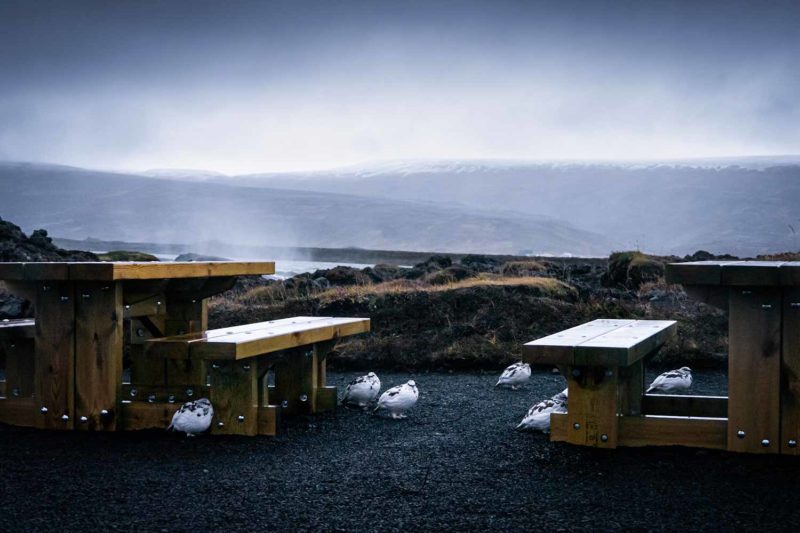
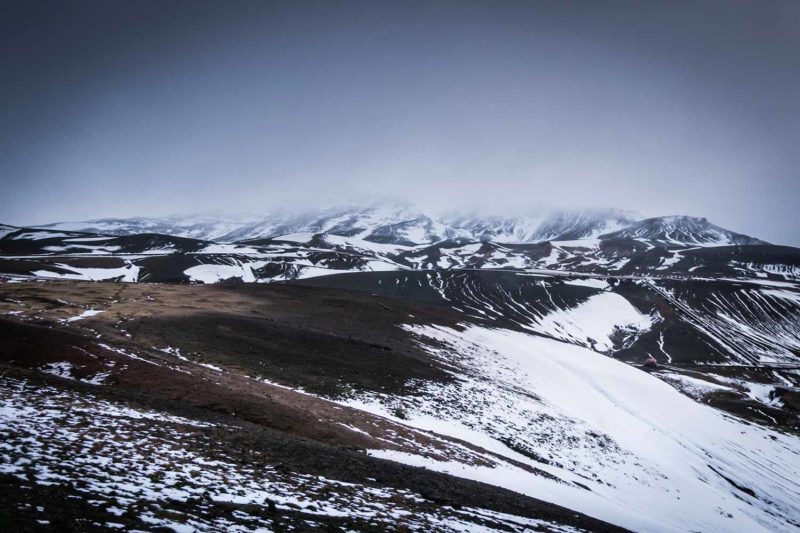
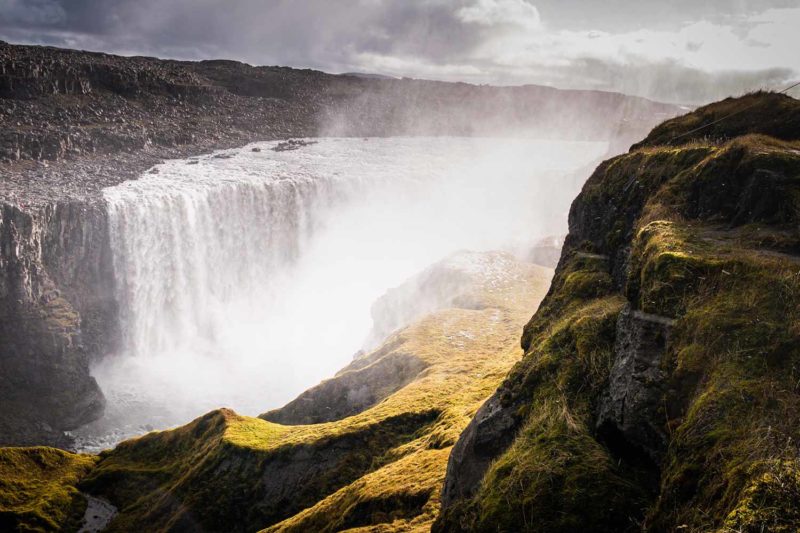
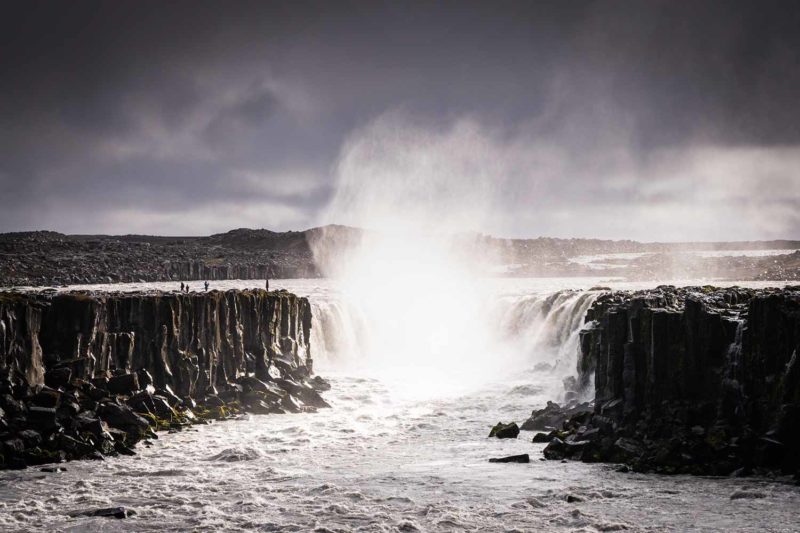
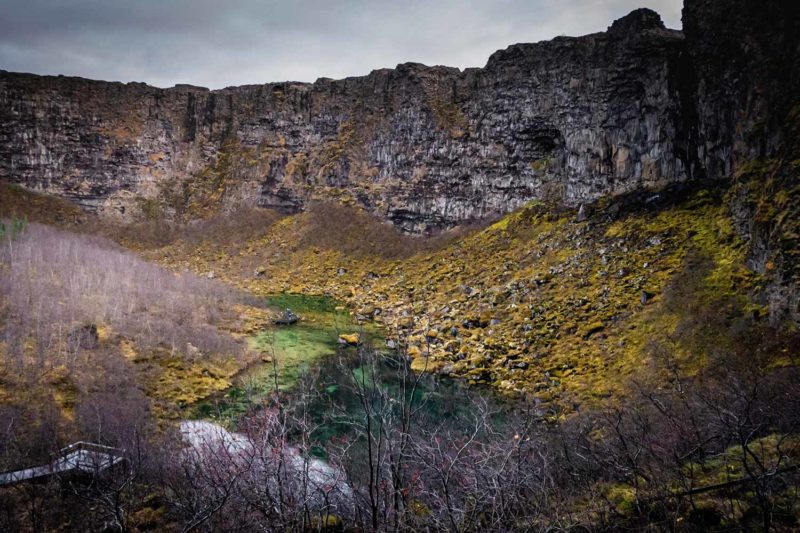
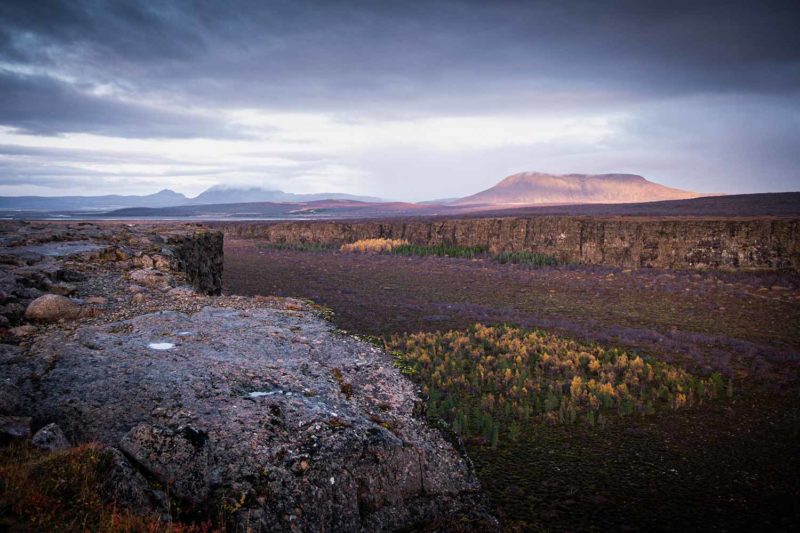
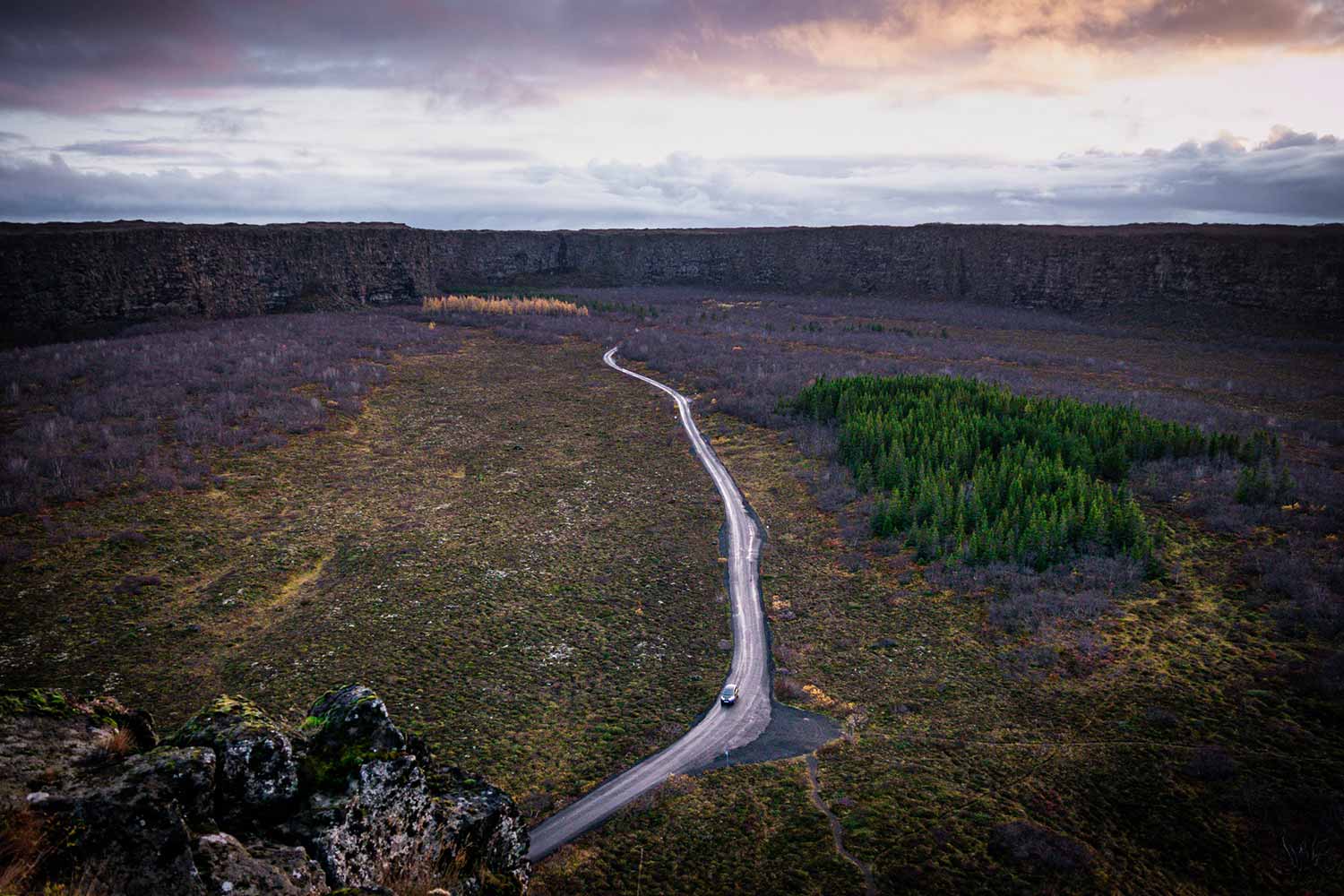
I travel the kilometers dazzled by the beauty of the landscapes. These little cliff-top mountains, these lava expanses, these desert spaces, these steep fjords, these landscapes, I know them. I know them without necessarily having already seen them. But the landscape seems familiar to me. I feel like I am on familiar ground. After two months of discovery, mistrust and apprehension, I have the impression today, to know the landscape. And to appreciate it even more. It is a strange sensation. I wonder what made my relationship to the environment change. Could it be because I cross it in the comfort of the car? Or would it be the reward of two months of a difficult journey? Am I adapting to this inhospitable land? To be able to see the landscape as a place loved and cherished? Often during my trip I wondered how and why the Icelanders seemed so attached to their country. Surely after two weeks of vacation in Europe, Canada or Asia, they had to find their island very empty and inhospitable. How were they able to live without trees? And surrounded by lava fields, permanent reminders of the destructive forces of nature? But today, as I am traveling for the last time through such special landscapes, I am struck by the beauty of the place. And to this mixture of feelings of mistrust, difficulty, apprehension, difference, alienation, adds familiarity and affection. The landscapes of Iceland have definitely settled in my heart.
Winter has arrived in the eastern fjords and Seyðisfjörður plateau is covered with a nice white coat. Iceland looks even more beautiful in winter. This part of the island I do not know it at all. This is the part that jumped off my itinerary when I decided to change my plans at the beginning of the trip and cut through the center. The places are very beautiful and there is so much to see. But with barely a day on the clock, I do not have the time to see much. Never mind, it is like that. It is the same environment as in the Westfjords and the landscape reminds me of Ísafjörður and Hornstrandir. I travel Austurland, one of the eight major regions of Iceland that make up the eastern part of the island. And down, I get back to the sea and the south coast.
And to the tourists. Goodbye tranquility. All of a sudden, as if I had crossed an invisible border, here I am again in an almost uninterrupted flow of cars. Apparently the arrival of the “low season” has not changed anything. Now even in October, November, Iceland is full of tourists. In fact, the whole year seems to attract hordes of visitors. Seasons don’t matter. The South Coast is officially the Icelandic Disneyland open 24/24. Fortunately, the rest of the country is still a little spared during the winter months by the tourist madness.
Icebergs float on a large lake along the road. I try to erase from my mind the circus that takes place on one side and people handling drones despite multiple prohibition signs. A few years ago, there was nothing here, except maybe a parking. Today, there are three, a restaurant, a souvenir shop, organized tour bus, boats and zodiacs crisscrossing the lake to “see the Icebergs from close”. Because they are not already close enough for the shore… I go to the other side of the lake to enjoy the landscape away from all this human madness. It is Jökulsárlón, one of Iceland’s largest glacier lagoon. In the background, the Breiðamerkurjökull Glacier forms a white barrier gradually fading into the waters of the lake. Above, invisible is the Vatnajökull, the largest cap on the island. The landscape is spectacular. Until the silence is broken by the roar of a drone passing above. I do not linger and continuing my journey.
It ismy last day in Iceland and it is raining. In the Fjaðrárgljúfur canyon, two Asians cross the barriers in front of everyone to take pictures of themselves in front of the landscape. A big sign “prohibition to cross – protected area” in the foreground. Nobody says anything and it disgusts me. I call them and they look at me stupidly. I want to push them into the void. Hop, get rid of human stupidity. But I continue towards the end of my trip. Skógafoss is still here. The most famous waterfall in Iceland. Always so full of people. Yet the campsite just in front is empty and parking half filled. Yes there are fewer people than last August but still too many for my taste. A group of Taiwanese shoot tons of selfies in cosplay. Night is already falling and I reach Keflavik Airport under a storm. A funny bitter feeling in my mouth. Shared between the disgust of the human species and the absolute admiration of the landscapes crossed during the week.
I have not seen aurora borealis this last week. The sky was not at the rendezvous. And it is still a little early in the season to see it. I would therefore have to be content with the furtive memory of the one seen as a mirage end of October during my stay at the dairy farm. No aurora borealis. No Puffins. No Askja. No Lakagigar. No wild reindeer. No eastern fjords. And no Icelanders. The list of my failures. Will that be enough to justify a second trip? Despite the tourists? Despite the human madness? Despite this Disneyland aspect of Iceland that disgusts me and despairs me? Probably yes. Because the landscapes are iconic and grandiose. Because the island deserves to be discovered on foot and by bike. Because I miss Iceland already. But not right now. Once the superficial interest of the world’s tourists for the island will have finally faded then I will come back.
